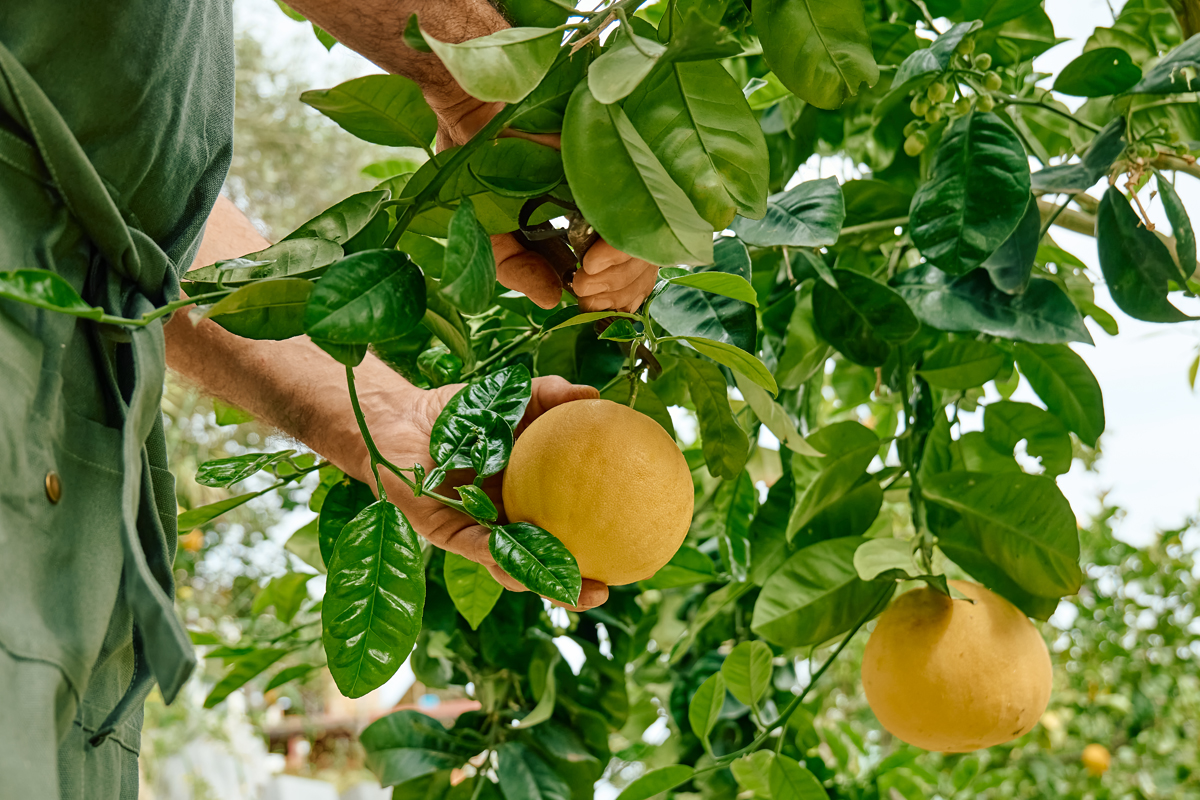When it comes to trees, topping is considered the worst thing to do. While in Hawaii, companies that would top trees would have customers asking if the tree topping was necessary and if it had to be so drastic. Because of no longer working for this particular company, I have the ability of being more honest and less evasive by saying, no. While topping the beautiful trees, it never felt comfortable, because it was causing a bunch of irreparable damages.
The truth is, there is rarely a situation that requires a tree topping. For instance, one of the exceptions is when the tree has naturally died, such as with frost damages which is more common with ficus trees. There are many who are simply scared of the large growth of their trees, requesting them to be topped.
Living within shadows of a giant tree can be intimidating for some. However, trees that have been topped are the most dangerous trees. This is because topping a tree, suckers growing from the ends of a cut will grow quickly. Typically, a topped tree will recover its height in less than 5 years from the tree topping. Generally, faster growth means weaker growth, while the opposite is true too. Suckers that grow frantically, are much weaker.
There are other factors contributing to the tendency of a sucker shedding, such as new growth only being able to attach to the outer section of a branch. Therefore, normal branches have formed a type of root within the trunk.
The larger the branch and trunk, the larger this attachment will be. When suckers begin forming on the outer part of a trunk, it results in a poor attachment, increasing the risk of failure. Storm damage and a trees capacity to withstand it is one of the most over-estimated factors.
There have been situations where an 80-foot high Eucalyptus tree has directly fallen on a house, but caused no structural damages. Although, I have witnessed properly thinned trees never falling over. The tree height, in my opinion, is a small factor associated with the tendency of trees falling over during a micro burst. Usually, it is thicker, overgrown trees that create more surface area and fall over.

 I was taught the Five C’s of Arizona when attending Elementary school in Tempe, AZ. These were: Cattle, Copper, Citrus, Climate, and Cotton. This article focuses on the fourth factor in the list, climate. While the climate in Arizona is great for citrus tree growing, not everyone understands how to properly care for these trees. One of the largest and most common mistakes made, is knowing when and how to prune a citrus tree. While many stress over ‘when’ to prune a citrus tree, this is not the most significant question. There are some citrus trees that may never need trimmed. The real question may be ‘why should citrus trees not be trimmed?”
I was taught the Five C’s of Arizona when attending Elementary school in Tempe, AZ. These were: Cattle, Copper, Citrus, Climate, and Cotton. This article focuses on the fourth factor in the list, climate. While the climate in Arizona is great for citrus tree growing, not everyone understands how to properly care for these trees. One of the largest and most common mistakes made, is knowing when and how to prune a citrus tree. While many stress over ‘when’ to prune a citrus tree, this is not the most significant question. There are some citrus trees that may never need trimmed. The real question may be ‘why should citrus trees not be trimmed?”
